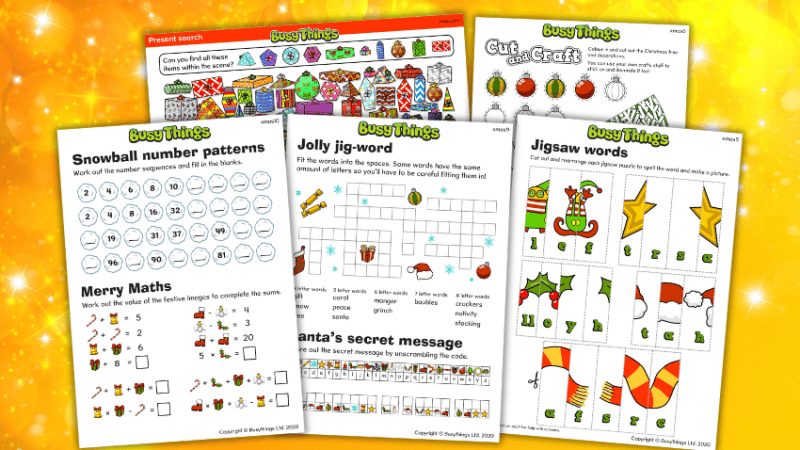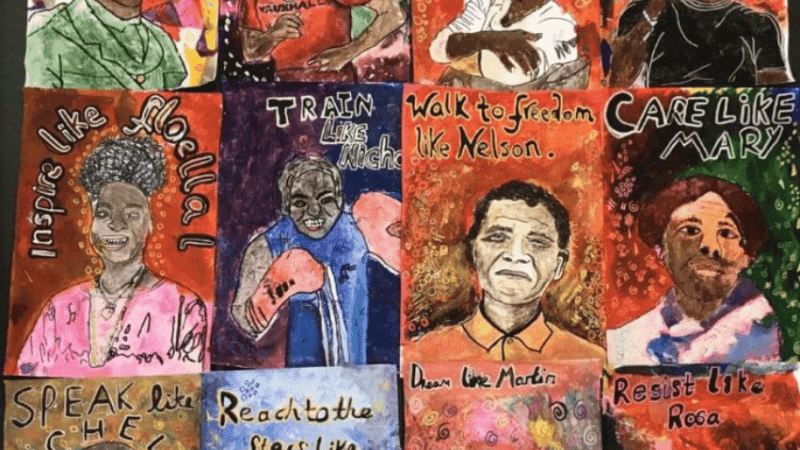8 timeless history lesson plans for KS3 and KS4
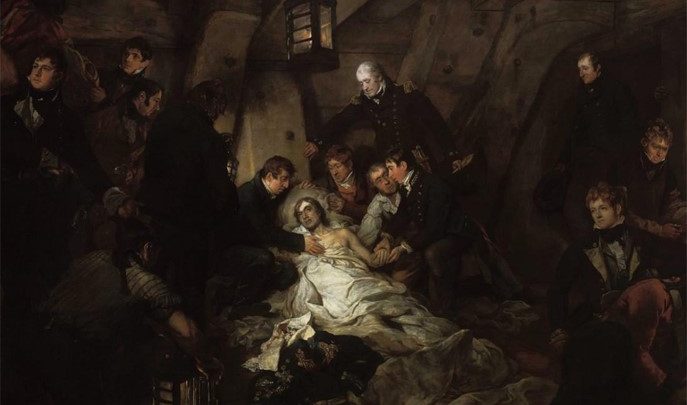
Use paintings, role play and primary source materials to boost your students' historical knowledge with these amazing lessons

- by Teachwire
- Classroom expertise and free resources for teachers
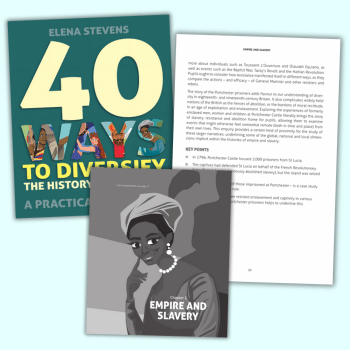
Click the links to download each of these free PDF lesson plans.
1 | Let Students Be Physicians In The Medieval Period Using Primary Source Material
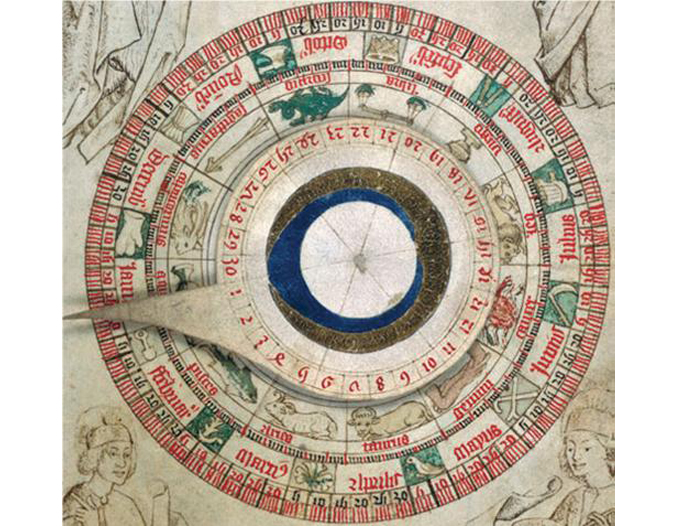
This lesson lets pupils take part in activities that help them understand the level of medical knowledge and training available to medieval physicians, the change and continuity in medieval medicine and what factors influenced medical knowledge and expertise in this period.
Click here to get this free lesson plan.
2 | Boost Literacy Via This Victorian Street Life Lesson

This lesson looks at the novel Street Child and other primary and secondary sources to show what street life would have been like in Victorian London, specifically focusing on different street jobs.
After collecting relevant evidence, there is a literacy opportunity for students to create a piece of empathetic writing; their own depiction of a typical street scene in Victorian London.
Click here to get this free lesson plan.
3 | Use Roleplay To Explore Wealth, Poverty and Liberal Reforms of Early 20th Century Britain
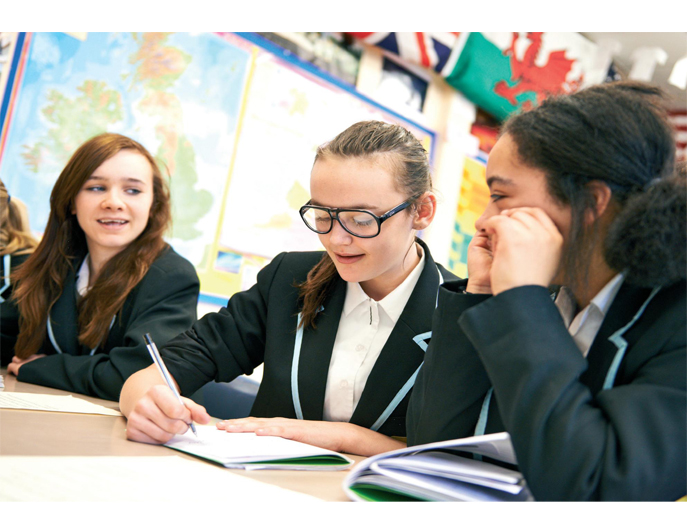
In this lesson, pupils get an introduction to the Liberal Reforms of 1906-1911 by examining the studies into poverty that contributed to these political milestones.
It also provides pupils with two additional learning opportunities: gaining an insight into the research behind Booth’s Wealth & Poverty Map of 1901, and developing an understanding of the effort involved in putting such research together. Pupils will assume the persona of either a researcher or a London family.
Click here to get this free lesson plan.
4 | Creative Ways to Develop Students’ Inference Skills when Reading and Analysing Written Source Materials
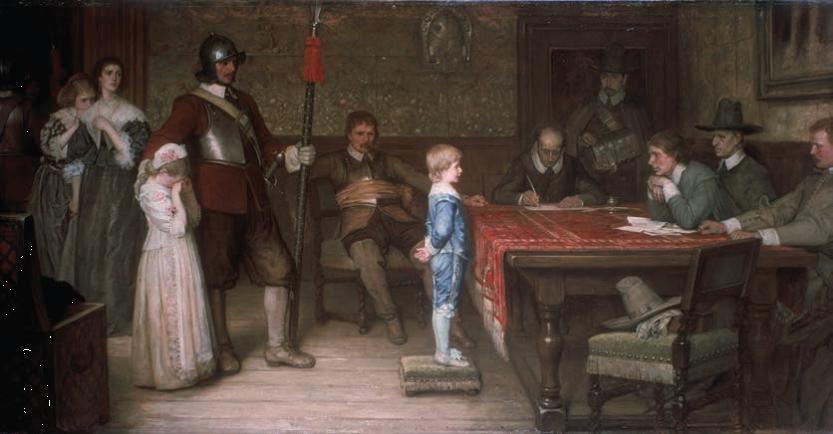
How good are your students at reading and analysing written sources? What are they able to infer from them, and how can that be used to inform their understanding?
In this lesson plan, Tim Wright suggests taking a more creative approach to the study of written sources, so that students can see for themselves just what a powerful complement to images and video clips they can be.
Click here to get this free lesson plan.
5 | What Historical Evidence Can We Find In Paintings Of Admiral Nelson?
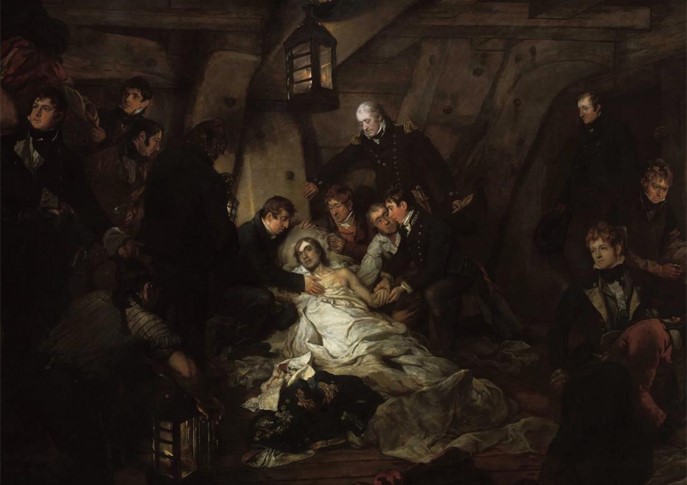
Introduce Nelson and his historical significance within our island’s story. Why was he the subject of so much hero worship? What do paintings of Nelson’s life show us about how he was viewed – and what evidence within these paintings tell us this? A great way to consider the qualities of leadership within a KS3 history lesson.
Click here to get this free lesson plan.
6 | Examine 18th-Century Laws And Punishment Using Primary Sources And Archive Material
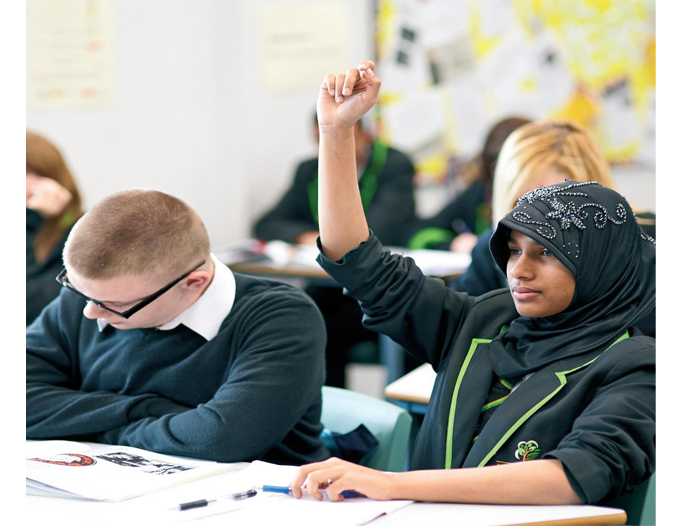
At first sight, the 18th century can appear to students as one of the harshest, most bloody periods of British judicial history, especially once they are shown the well-trodden ground of the list of crimes punishable by death by the end of the century.
Even the name assigned to laws of this period – The Bloody Code – evokes a sense of foreboding, but there are questions to be answered. What was the Bloody Code? What attitudes and factors led to the Bloody Code? Did it work? Compared to other periods, how ‘bloody’ was it?
In this lesson, students will answer those questions and gain a real insight into the attitudes that led to one of the dubbed ‘bloodiest’ periods of Britain’s judicial history by using primary source material and real courtroom judgements. They will understand which factors influenced it, compare levels of change and continuity over time and be able to access and examine primary source and archive material.
Click here to get this free lesson plan.
7 | Help Students Absorb Knowledge Quickly with a Fast-Paced Pictionary-Style Activity

Jeff Tooze’s pacey lesson suggestion will get every student in the room competing to absorb the most information possible.
Click here to get this free lesson plan.
8 | Ignite Curiosity While Teaching Medicine And Warfare Developments
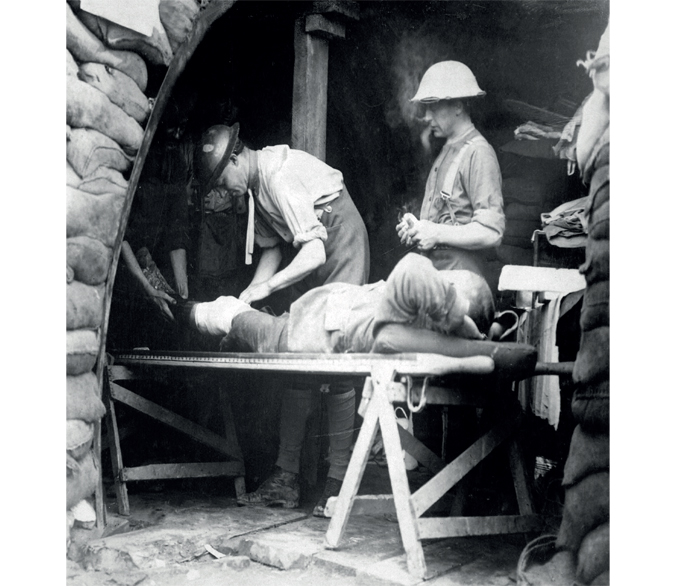
This exciting approach to the Historic Environment component of the new History GCSE will ignite curiosity in students and enable them to understand the developments of medicine and warfare and identify links set in the Western Front environment itself.
Click here to get this free lesson plan.
Download free KS3 history worksheets.








